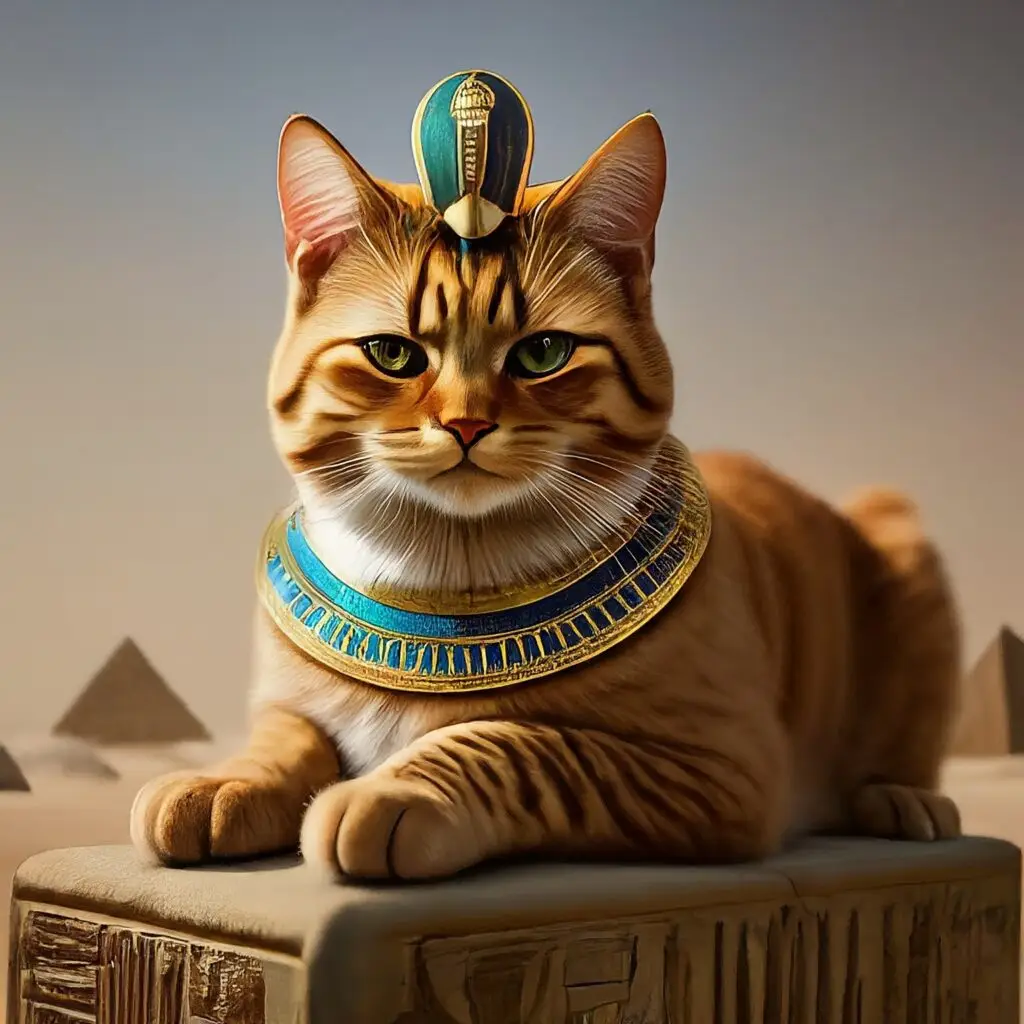The ancient Egyptians held a unique and profound reverence for cats, elevating them from mere pets to revered deities. These felines were woven into the very fabric of Egyptian society, symbolizing power, protection, and fertility. This deep-rooted adoration is evident in countless artifacts, from intricate sculptures and paintings to the meticulous mummification of beloved companions.

Cats were believed to be earthly manifestations of the goddess Bastet, associated with motherhood, protection, and the home. Their role in controlling rodent populations, particularly those that threatened Egypt’s grain stores, solidified their status as essential members of the community. As a result, killing a cat was considered a grave offense, punishable by death.
The Egyptians’ fascination with cats extended beyond mere veneration. They bred cats for specific traits, resulting in a diverse array of breeds. Some were prized for their hunting abilities, while others were cherished for their gentle demeanor. Cats were even included in funerary rituals, often buried with their human companions, ensuring their continued protection in the afterlife.
The legacy of the Egyptians’ cat worship endures. Modern-day cat lovers can trace their affection for felines back to this ancient civilization. The image of the enigmatic Egyptian cat, with its sleek body and mysterious gaze, continues to captivate our imaginations.
It’s a testament to the enduring power of human-animal bonds that a creature as seemingly ordinary as a cat could attain such divine status. The Egyptians’ reverence for cats offers a fascinating glimpse into a world where the lines between human and animal were blurred, creating a unique and enduring cultural legacy.
Now, let’s see if we can start a trend: cat-themed historical reenactments. We could have pharaoh costumes, cat-shaped food, and even a live cat show. It would be a meow-velous event!
